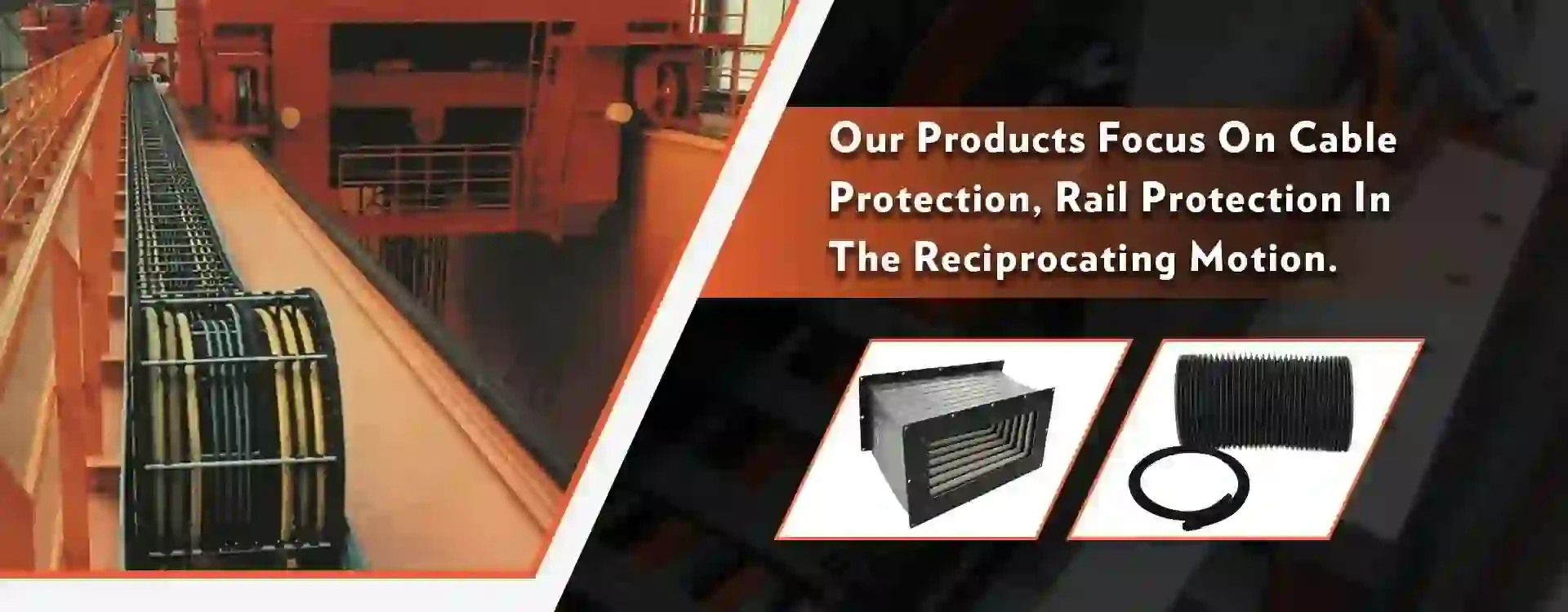synchronous belt wheel
Understanding Synchronous Belt Wheels A Key Component in Mechanical Systems
Synchronous belt wheels, also known as timing pulleys, are essential components in various mechanical systems. They play a critical role in transmitting power and motion between shafts in a precise manner, thereby ensuring that machinery operates efficiently and smoothly. This article delves into the structure, function, and applications of synchronous belt wheels, highlighting their importance in modern engineering.
Structure and Design
A synchronous belt wheel is designed to work in conjunction with a synchronous belt, which features teeth that fit into corresponding grooves on the wheel. This design prevents slippage, allowing for accurate timing and synchronization between the wheel and the belt. The materials used for manufacturing synchronous belt wheels can vary, including aluminum, steel, and plastic, each selected based on the specific application’s requirements concerning strength, weight, and resistance to wear.
The teeth on the synchronous belt wheel are strategically spaced to match the pitch of the belt, ensuring a secure grip during operation. The precise engagement of the belt and wheel eliminates the noise commonly associated with traditional V-belt drives and enhances efficiency by minimizing energy loss due to slippage.
Functionality
The primary function of synchronous belt wheels is to transfer rotational motion from one shaft to another with precision. This is particularly crucial in systems where accurate timing is necessary, such as in automotive engines, robotics, and conveyor systems. In an automobile, for instance, the timing belt (which comes with synchronous wheels) ensures that the camshaft and crankshaft rotate in sync, allowing for optimal engine performance and efficiency.
Moreover, synchronous belt wheels reduce the overall footprint of a mechanical system since they allow for direct coupling of components without the need for additional idlers or tensioners
. This compact design is advantageous in applications where space is limited, offering manufacturers increased flexibility in their designs.synchronous belt wheel

Applications
Synchronous belt wheels find applications across a myriad of industries. In the automotive sector, they are prominently used in timing systems for engines, ensuring that various engine components operate harmoniously. In the manufacturing and automation industries, synchronous belt wheels are integral to conveyor systems and robotic arms, contributing to the precise control of motion and positioning.
The textile industry also utilizes synchronous belt wheels in weaving machines and other machinery, where consistent speed and timing are crucial for product quality. Additionally, in the world of 3D printing, synchronous belt wheels facilitate the exact movement necessary for layer-by-layer construction of three-dimensional objects.
Advantages
The advantages of using synchronous belt wheels are numerous. They ensure high levels of efficiency and accuracy in power transmission, reducing the likelihood of mechanical failure due to slippage. This reliability not only enhances the longevity of machinery but also reduces maintenance costs over time.
Furthermore, synchronous belt systems operate quietly compared to traditional systems, providing a more pleasant working environment. Their ability to handle high loads while maintaining precision makes them an attractive choice for engineers looking to design robust and efficient systems.
Conclusion
In conclusion, synchronous belt wheels are vital components in the landscape of mechanical engineering. Their ability to deliver precise motion control and power transmission makes them indispensable in many applications, from automotive engineering to industrial manufacturing. As technology continues to evolve, the integration of synchronous belt wheels into new systems will likely expand, reinforcing their role as a backbone of efficiency and reliability in mechanical design. Understanding their function and benefits will undoubtedly enhance design strategies and improve operational outcomes in various industries.








